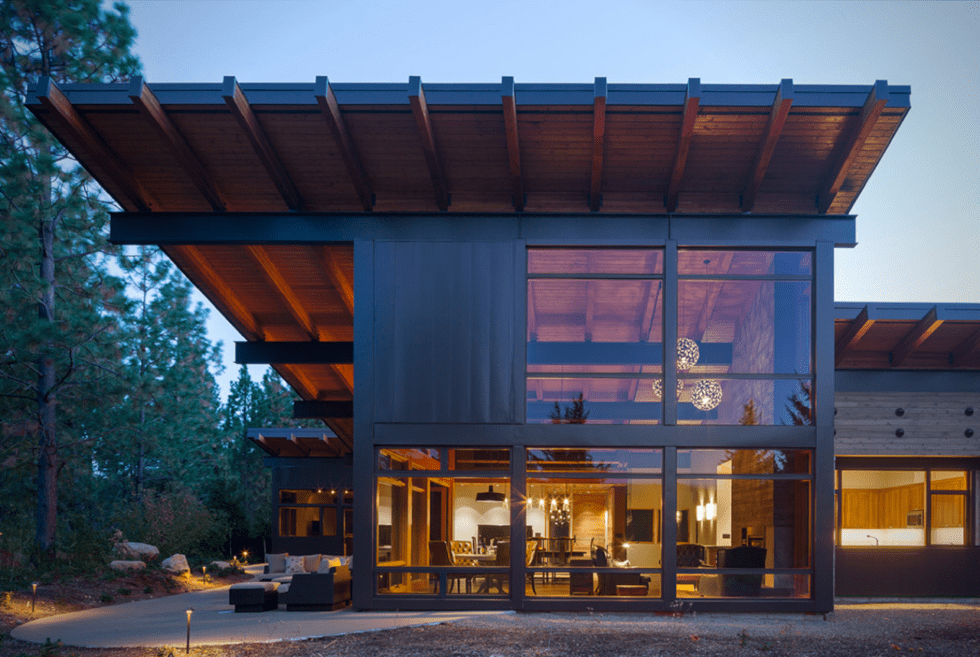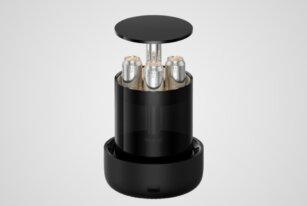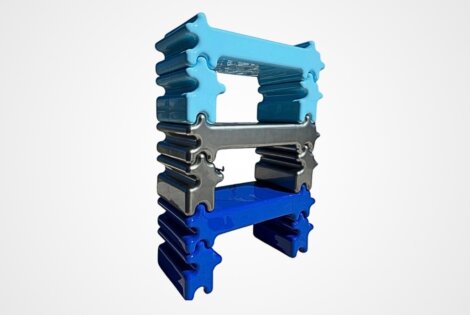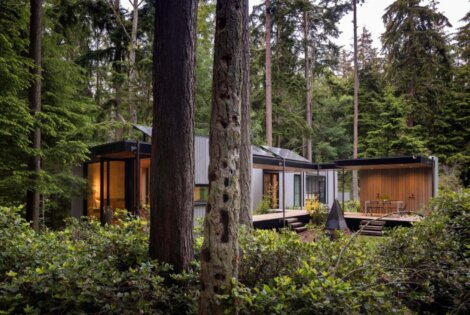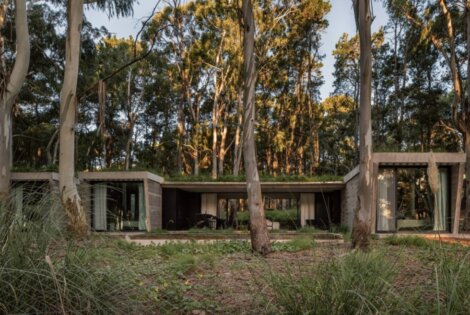The mining area in Washington State’s Cascade Mountains gets hit with scorching heat in the summer and terribly cold climates during winter. As such, the designers felt compelled to build something cozy and livable in such an unforgiving place. Thus came the Tumble Creek Cabin.
It was tricky to offset the extreme weather conditions. The designers ultimately combined solar panels, passive solar strategies, and a Tesla Powerwall so the home can operate off-grid. But function shouldn’t take over form entirely. As a result, they found a way to incorporate aesthetics that not only looked beautiful but made sense as well. One example is the gorgeous sloped roof, which actually filters the sun during the winter and summer months. It makes for more efficient ventilation around the house.
There’s an entry vestibule and mud room that conserves energy and serves as an elegant entry into the main living space. This room also serves as a special place to welcome visitors and an airlock to keep outdoor elements contained, which allows the house to keep winter drafts and summer heat at bay.
The main living room and the dining area of the Tumble Creek Cabin feature vaulted ceilings with exposed steel and wooden structural elements, allowing the space to feel more open, while the floor-to-ceiling windows offer terrific views of the landscape beyond.
Other notable sustainability features of the Tumble Creek Cabin include its radiant floor heating; an Energy Recovery Ventilation System; energy efficient aluminum-clad wood windows and doors; and use of rustic materials, including stone, weathering steel, and reclaimed barn wood with modern detailing. Oh, and did we mention the house has its own electric car charging station?
You can learn more about this home by going to Coates’ website.
Tumble Creek Cabin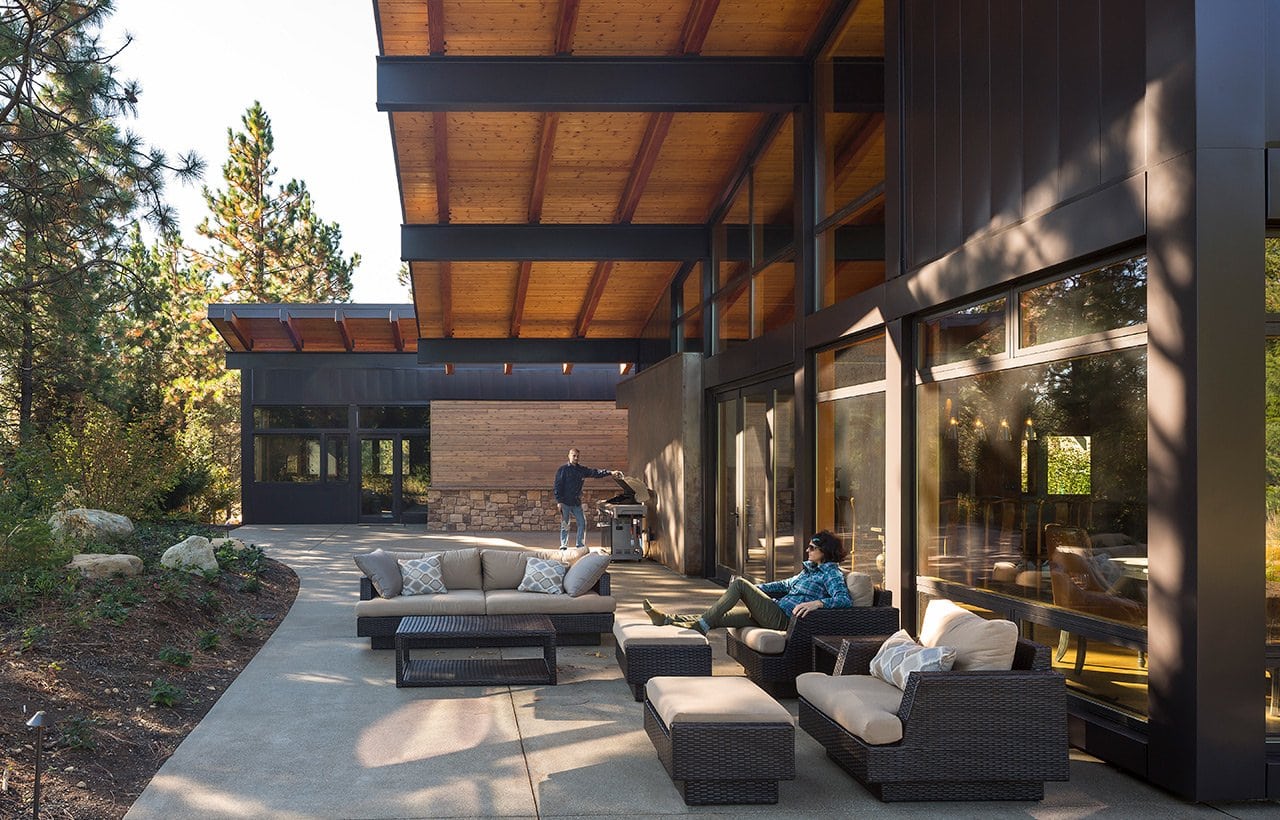
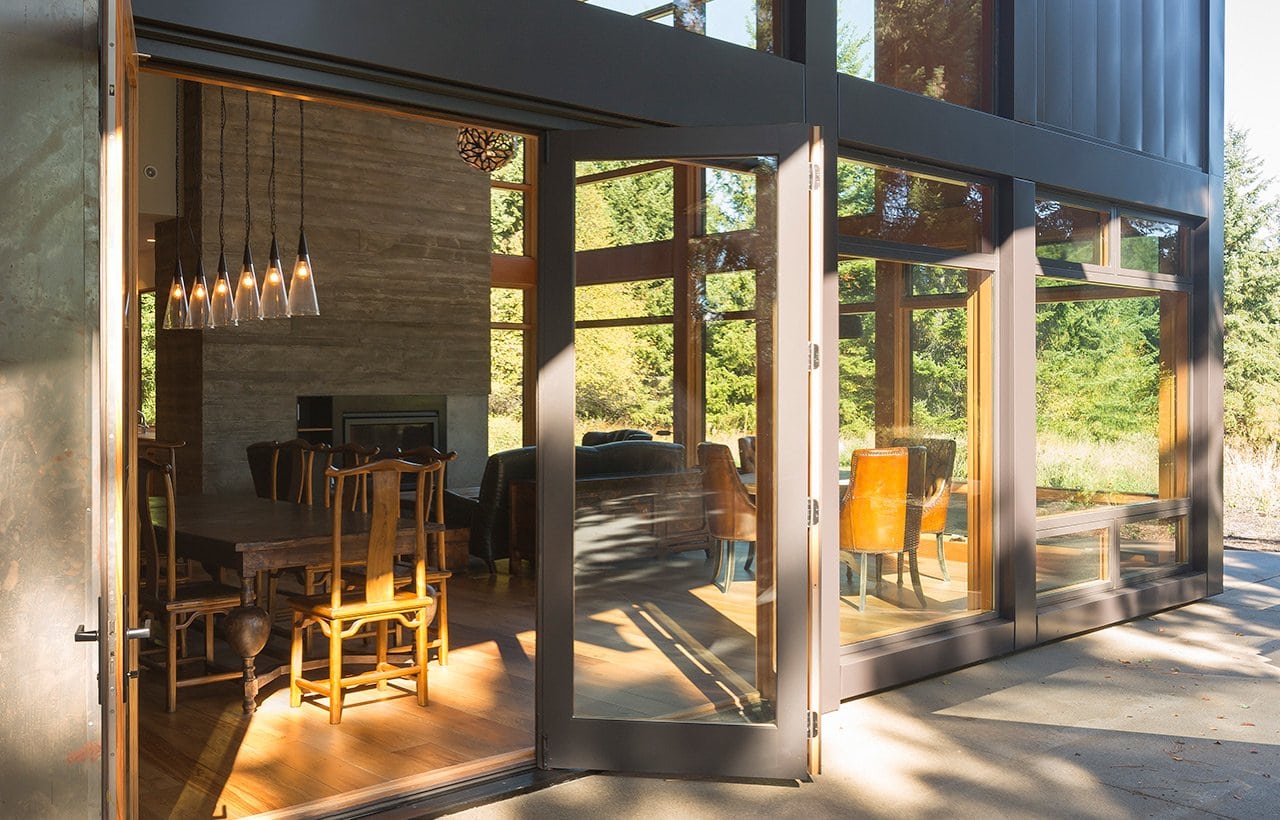
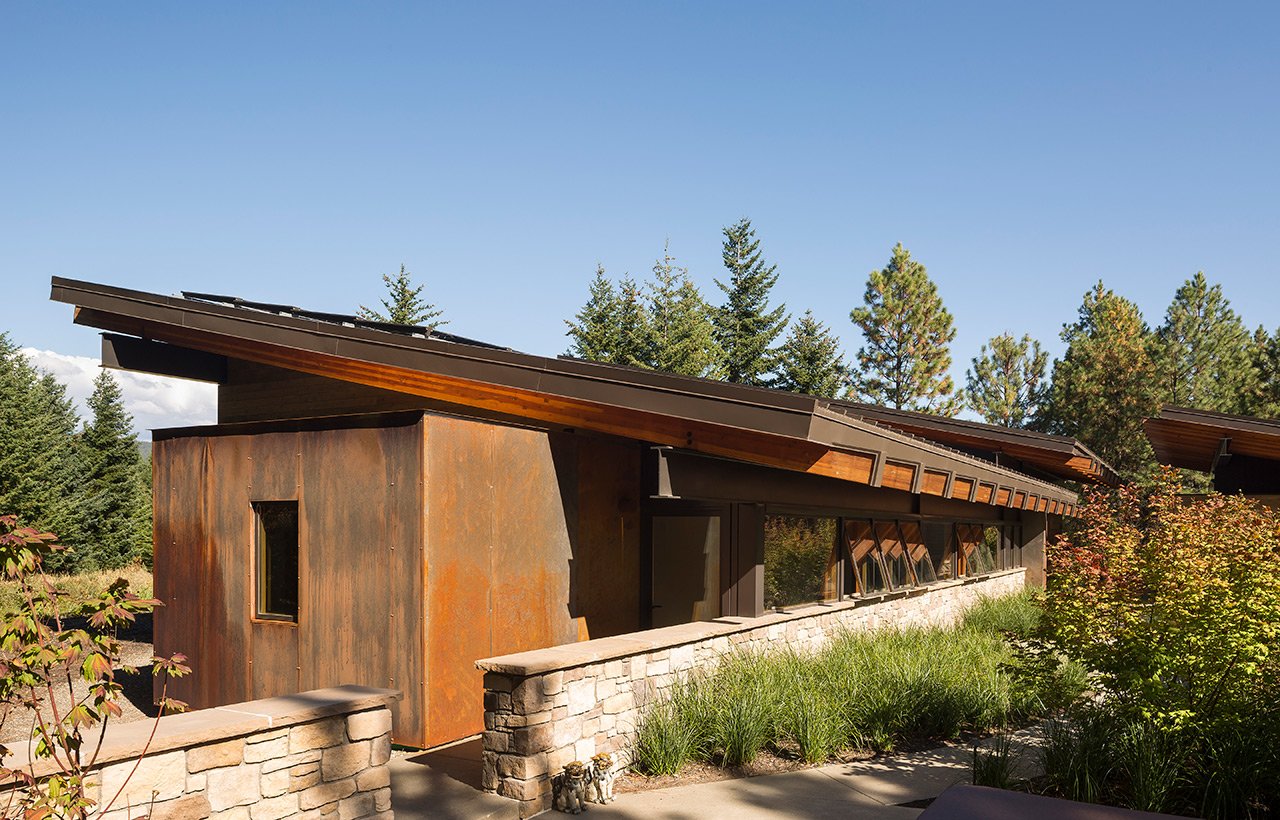
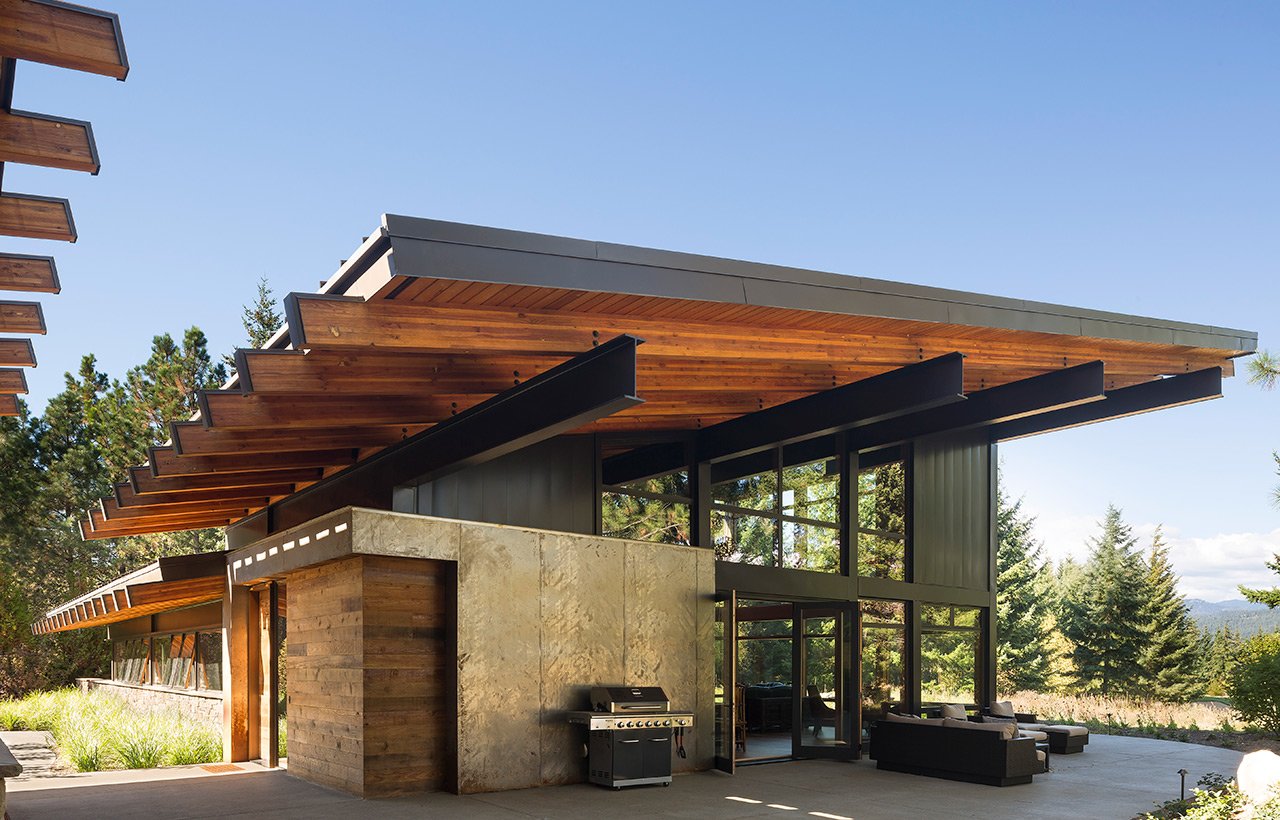
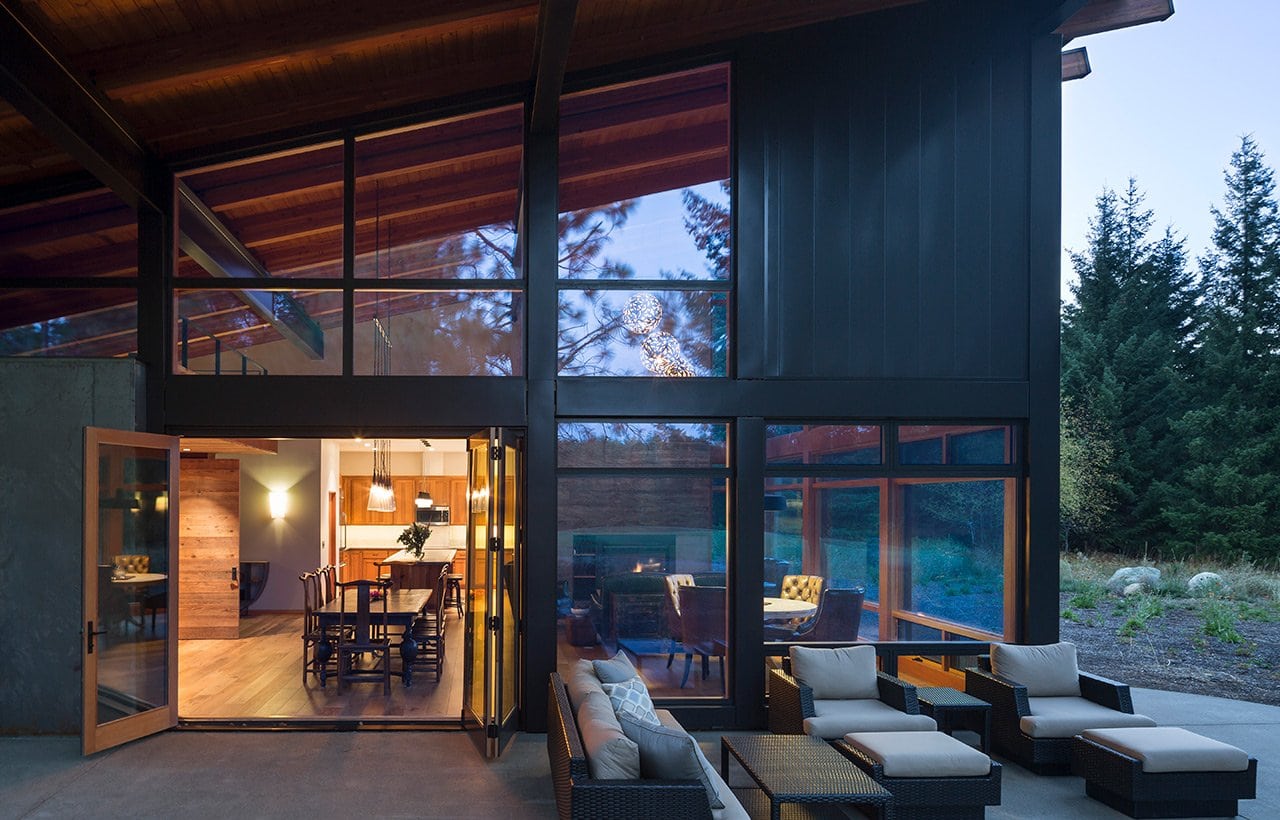
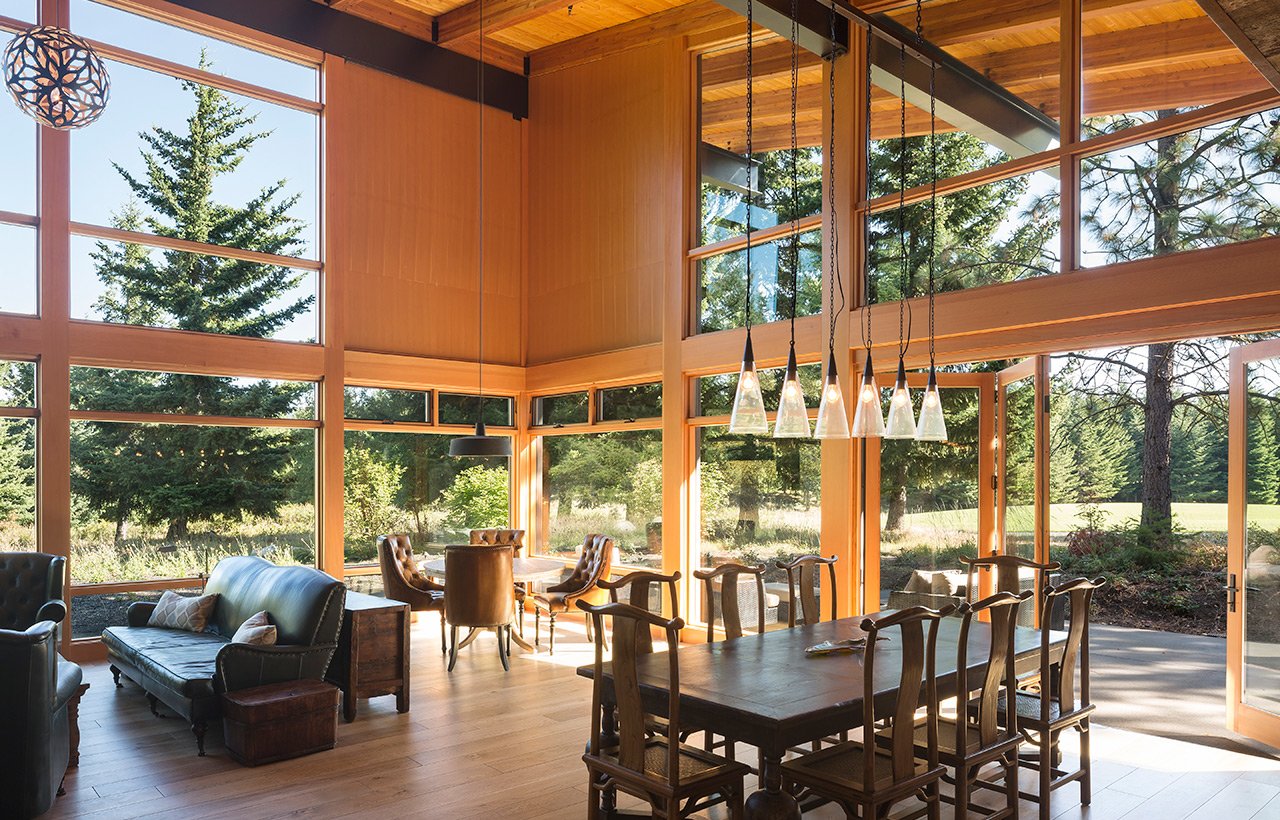
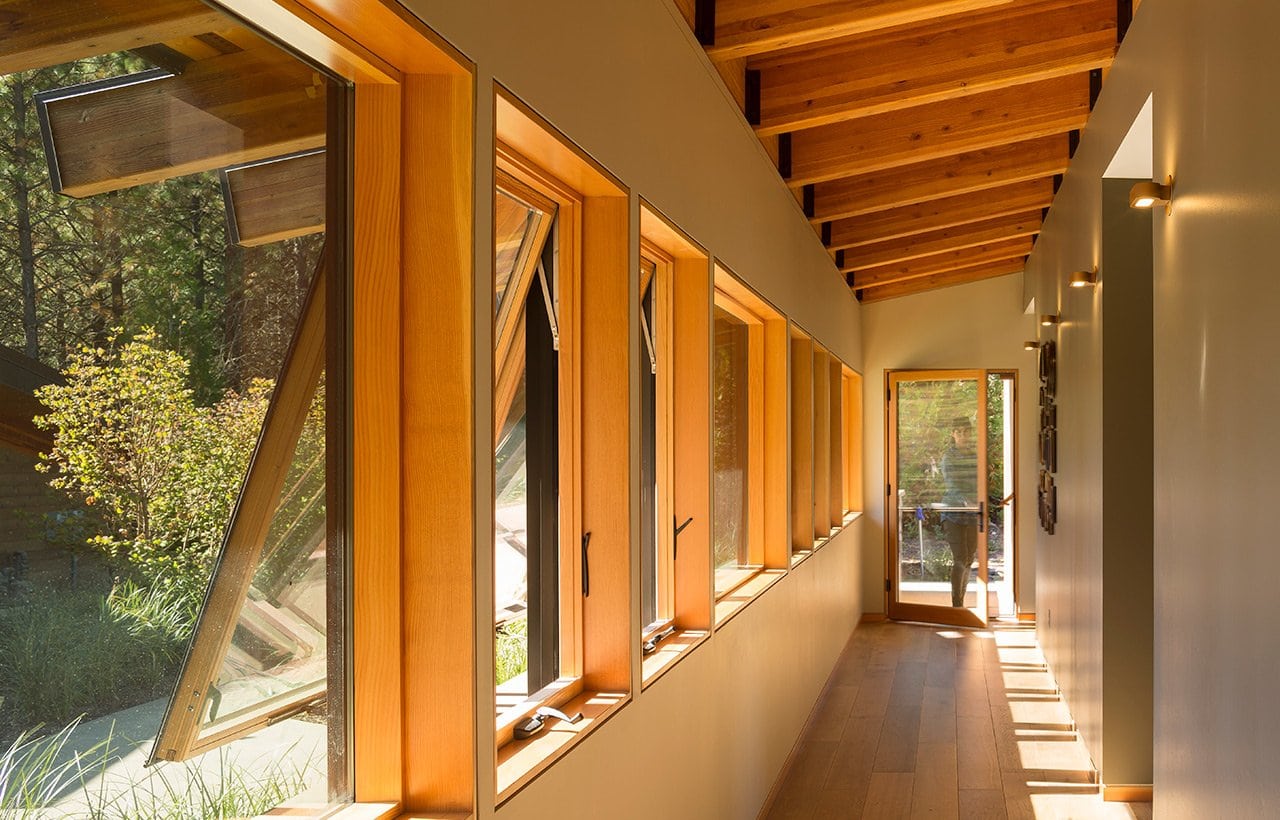
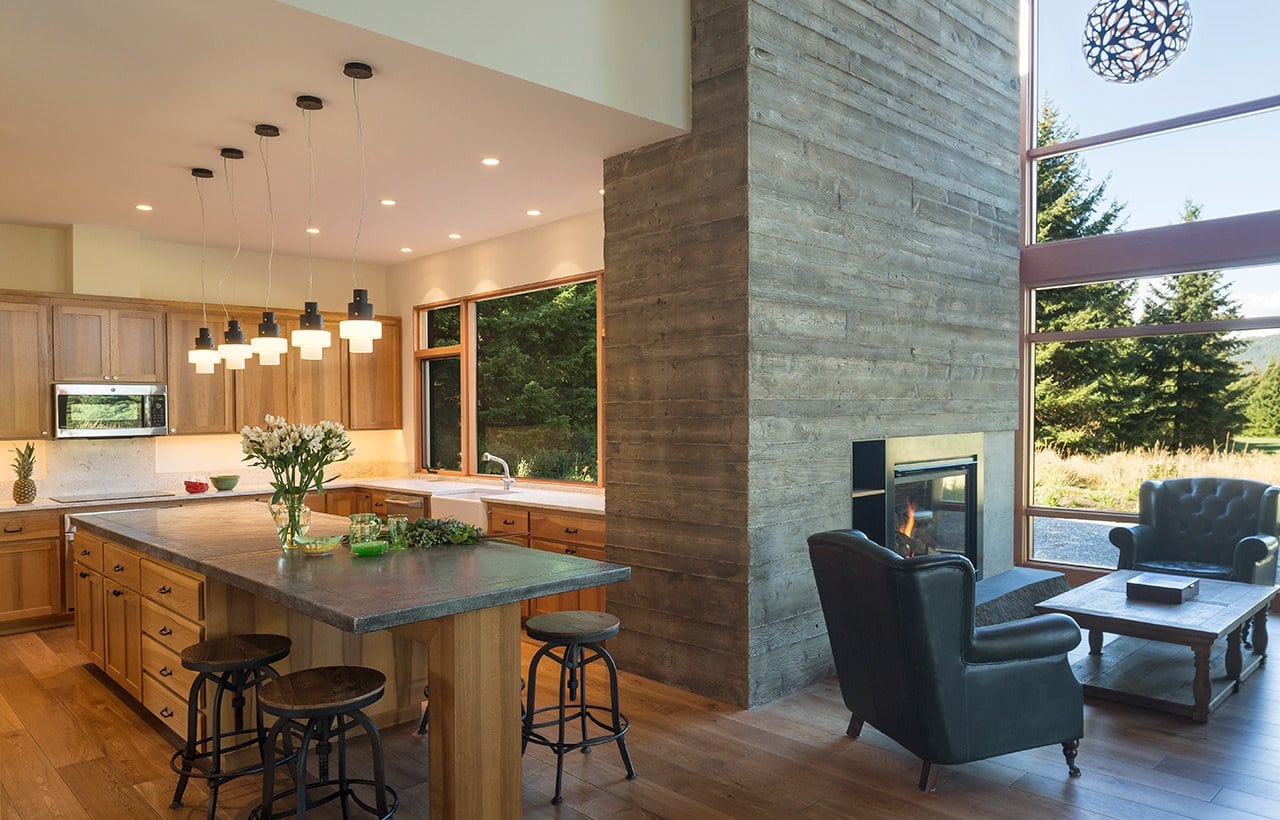
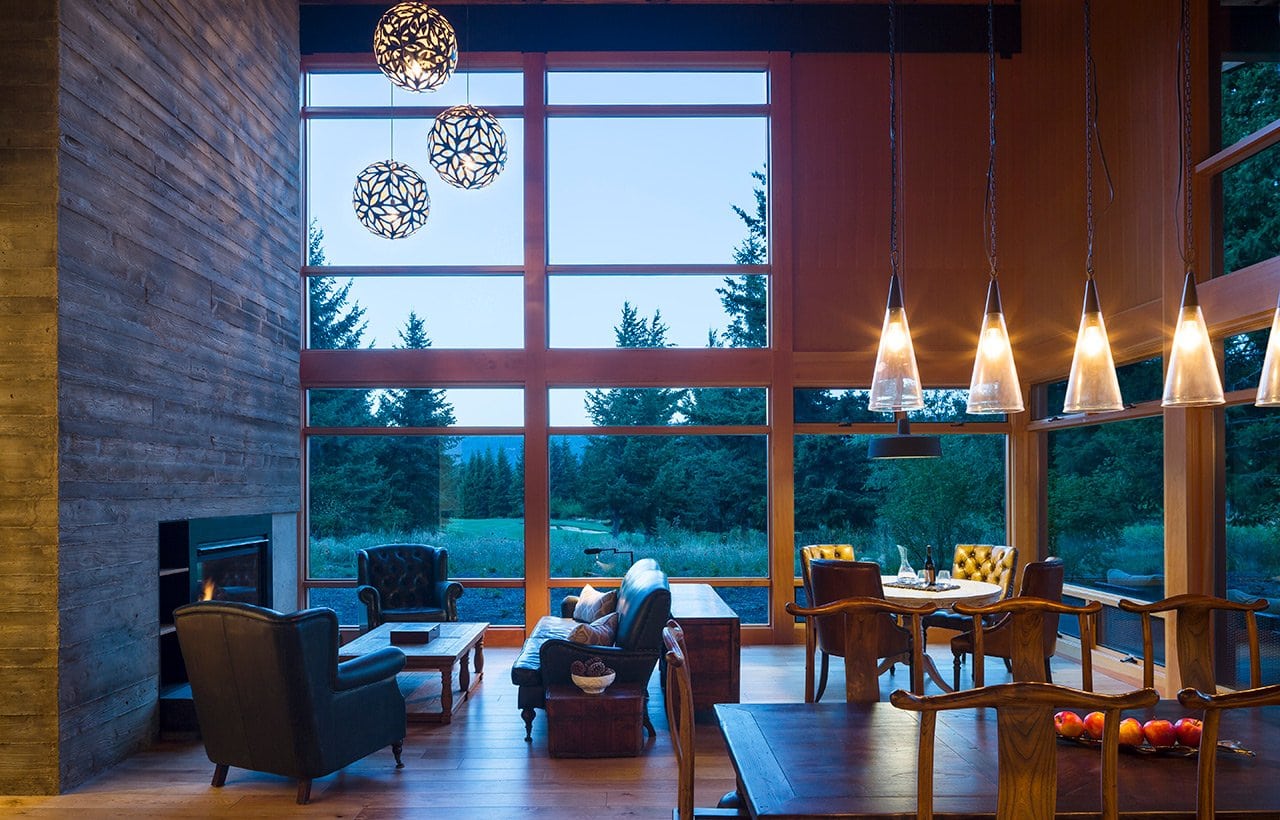
Photos courtesy of Coates Design Architects

